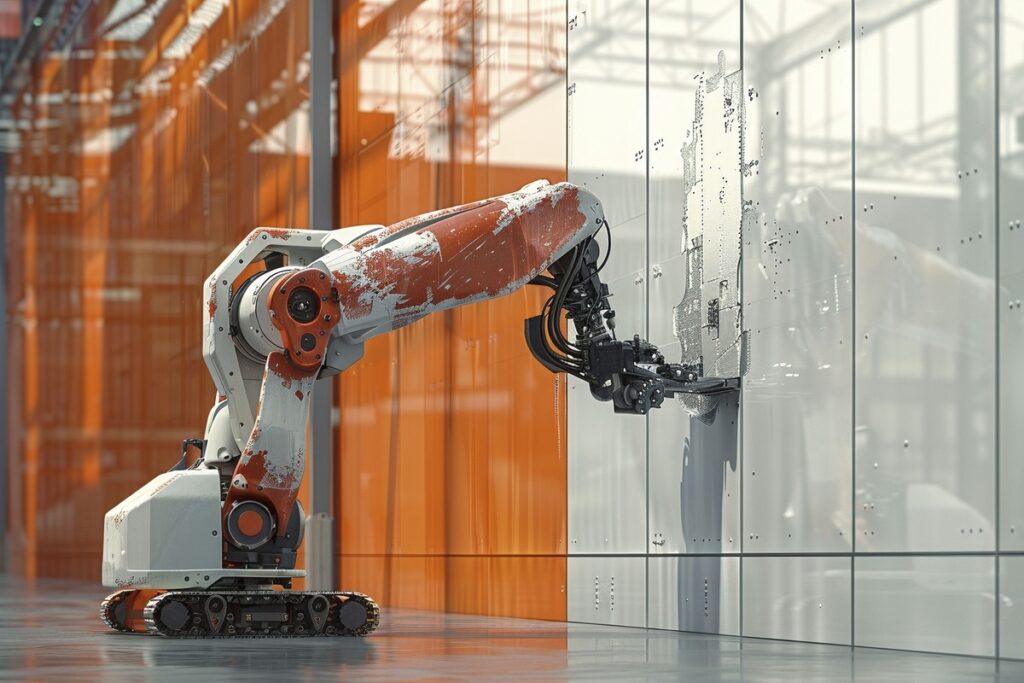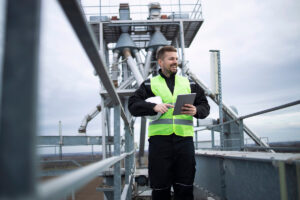Technological breakthroughs are driving a significant revolution in the building business. Among them, innovative construction robotics is a standout because it tackles important issues like efficiency, safety, and labor shortages. These state-of-the-art devices are changing the construction industry; they are more than just tools. Construction processes are becoming faster, safer, and more accurate thanks to robotics, which is enabling features like autonomous bricklaying robots and AI-powered site monitoring. This essay examines seven innovative robots driving this revolution and demonstrates how technology is changing the construction industry.
These innovative construction robotics are set to play a major role in the future of the industry, guaranteeing that projects are completed on schedule, within budget, and with the highest standards of safety and quality, particularly as demand for sustainable and efficient building practices increases.
Table of Contents
7 Innovative Construction Robotics Revolutionizing the Industry
Here are 7 innovative construction robotics revolutionizing the industry worth learning about:
1. Doxel
- Founded: 2015
- Location: USA
- Key Innovation: This innovative construction robotic uses computer vision and AI to automatically track the status of construction projects. In order to spot possible mistakes early on, the robot regularly scans the site and compares the actual building with computerized models. Proactive monitoring helps keep projects on track and helps prevent expensive errors.
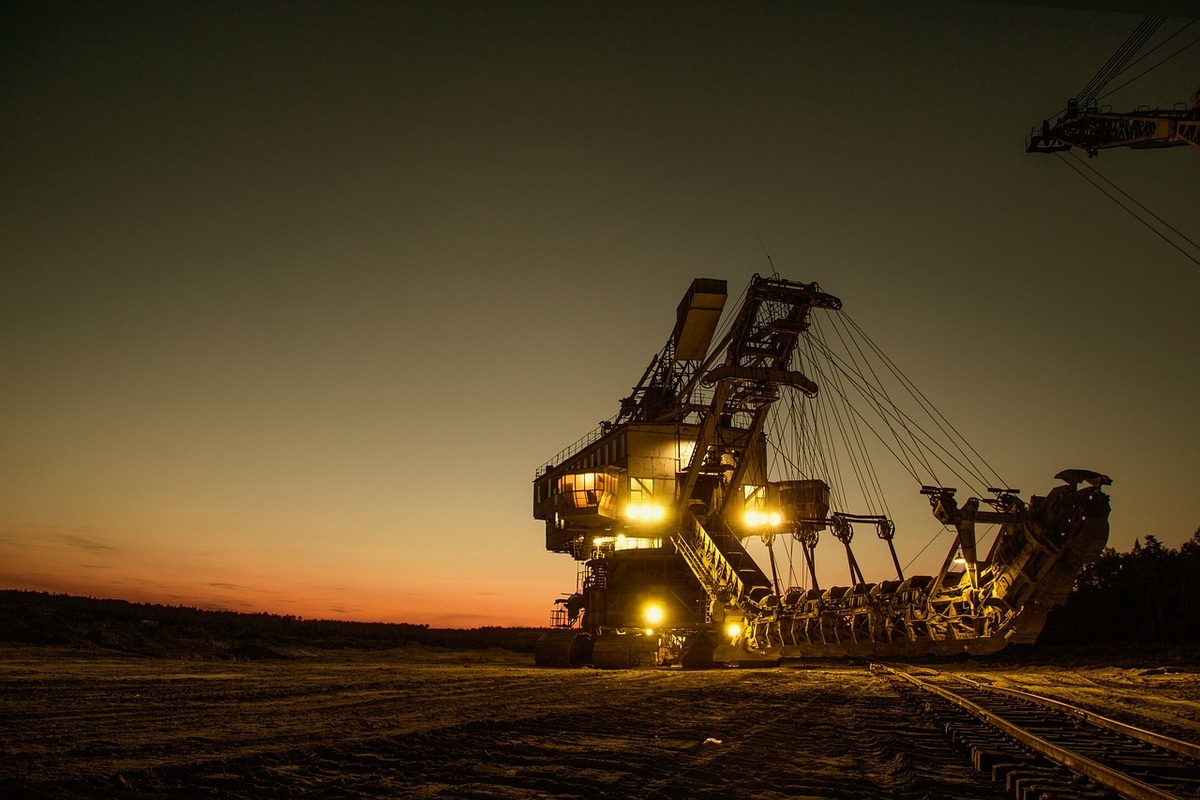
2. Scaled Robotics
- Founded: 2016
- Location: Barcelona, Spain
- Key Innovation: The Husky, an autonomous ground vehicle from Scaled Robotics, can traverse construction sites on its own. Using a variety of sensors, this innovative construction robotic gathers and interprets data that is then utilized for building information modeling (BIM). By empowering project managers to make data-driven choices, this technology raises the standard of construction efficiency.
3. Blueprint Robotics
- Founded: 2015
- Location: USA
- Key Innovation: Off-site modular construction is the specialty of Blueprint Robotics. Their robotic devices are made to construct entire wall panels that incorporate wiring, plumbing, and insulation. Due to the on-site assembly of these prefabricated parts, labor costs and construction time are greatly reduced.
4. Tybot by Advanced Construction Robotics
- Founded: 2016
- Location: USA
- Key Innovation: Tybot’s purpose is to automate the tedious and time-consuming process of tying rebar on building sites. This innovative construction robotic speeds up project deadlines by automating this repetitive activity, freeing up human labor for more difficult jobs.
5. Cazza Construction Technologies
- Founded: 2016
- Location: USA
- Key Innovation: Cazza is a leader in 3D printing robots construction technology. With concrete, their robots can print entire houses with places for plumbing, insulation, and electricity. This innovative construction robotic significantly shortens production time and minimizes the need for human participation.
Suggested article to read: Smart Building Technology; 2024 Guide | What are Demolition Robots in Construction? 2024 Guide
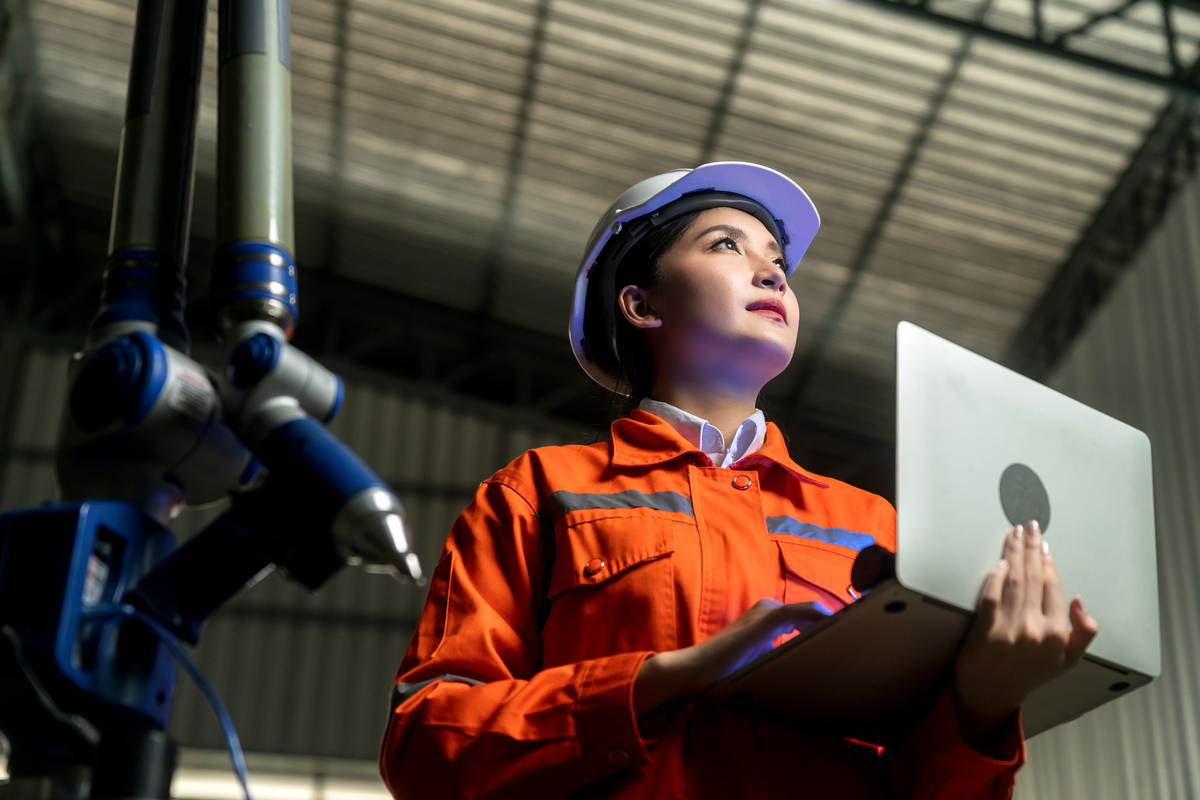
6. DJI-Skycatch Drones
- Founded: 2006 (DJI)
- Location: China (DJI)
- Key Innovation: DJI uses high-precision drones in construction for site surveying and 3D modeling in partnership with Skycatch. Throughout the project lifespan, precise planning and monitoring are made possible by the detailed maps of construction sites that these drones take in real time.
7. From Fastbrick Robotics, Hadrian X
- Founded: 2015
- Location: Australia
- Key Innovation: Using sophisticated computer vision and exact automated control, Hadrian X is a ground-breaking bricklaying innovative construction robotic that can place up to 1,000 bricks in an hour. With this robot, building time is cut down from weeks to just a few days, all without sacrificing accuracy. It works especially well for large-scale projects when accuracy and timeliness are crucial.
How Robotics Transform the Construction Industry
Here are a few examples of how innovative construction robotics transform the industry:
1. Construction Robotics can Put Up Walls
FBR Ltd. (also known as Fastbrick Robotics) of Australia makes the HadrianX bricklaying machine, which serves as an example of how construction robotics is transforming the industry. This innovative construction robotic uses CAD to help an intelligent control system determine the right amount of materials and movements needed for bricklaying.
In addition, Hadrian tracks real-time environmental changes like wind- or vibration-induced movement. The building process then makes better use of this data in terms of precision.
Hadrian does need for the use of special blocks and adhesive, but according to FBR, the associated materials are stronger, lighter, and more environmentally friendly than regular home bricks—they’re even “12 times bigger.”
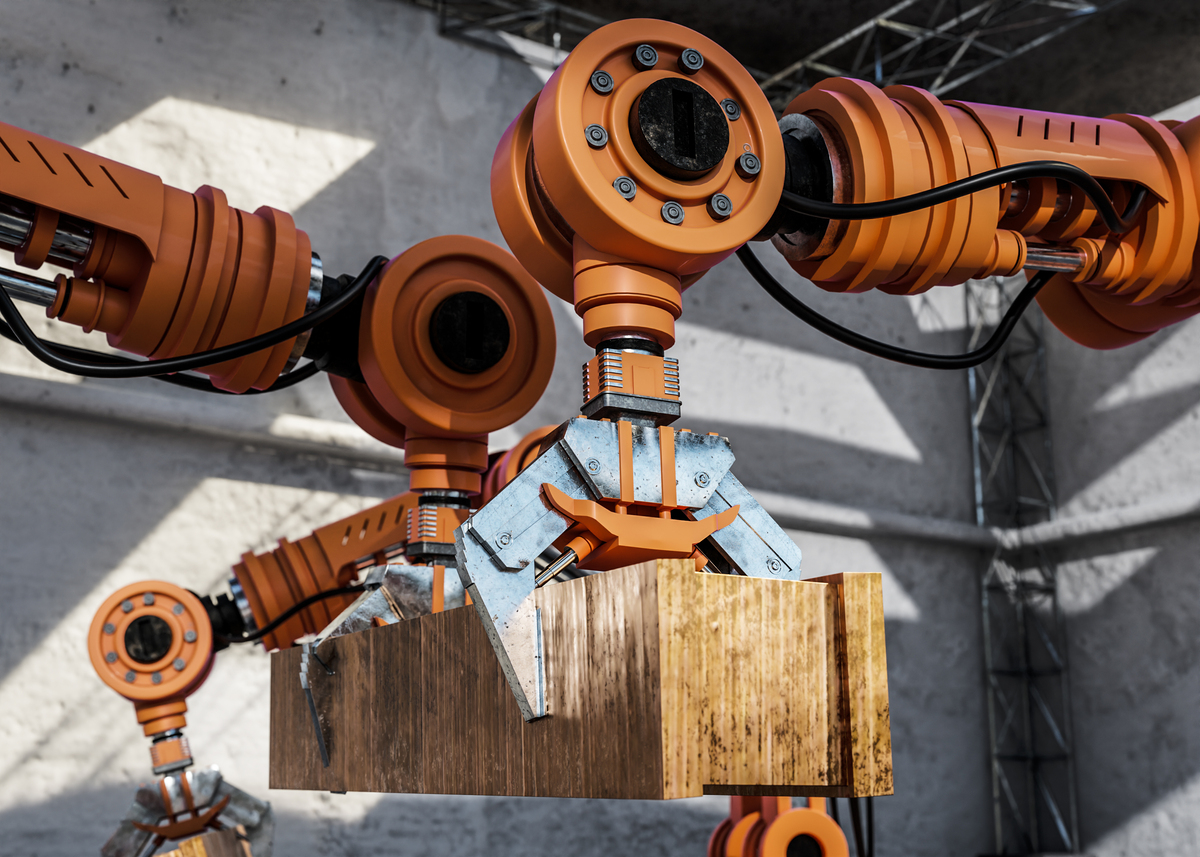
2. Smart Robots Use Imaging Technology
Drones and innovative construction robotics that combine lidar sensors and GPS technologies can deliver critical information about a job site. It can assist in predicting the tasks that are needed in addition to AI.
That is precisely what a little tread-based robot made by Doxel Inc. does. It traverses a construction site to scan and evaluate the project’s progress. It uses the data it gathers to identify any mistakes and issues early on.
The data used by Doxel is kept on cloud servers and is sifted using a deep learning algorithm to identify and evaluate even the smallest features. For instance, the system may identify that a ventilation duct is installed improperly; early identification enables the correct modification to be made well before expensive upgrades are required.
3. No Operator is Required for Autonomous Equipment
Even though the biggest tech firms and automakers are developing self-driving automobiles, autonomous vehicles are already a part of innovative construction robotic.
Materials and supplies can be transported using such machinery. For example, Volvo has been developing the HX2, an electric load carrier that operates autonomously and can transfer large loads without the need for extra assistance. Instead of a driver’s cabin, it is equipped with digital logistics-driven control technology and a “Vision system” that Volvo claims can identify objects and people while the vehicle is moving.
Another startup that offers autonomous bulldozers and excavators is Built Robotics, which raised $33 million last month. Artificial intelligence (AI) guidance systems guide the machinery to their locations and guarantee that the required tasks are carried out precisely and safely.
4. Construction Robotics are Operated Remotely
A large portion of innovative construction robotic still involves humans, mixing various technologies with the benefits of human oversight. According to Caterpillar, the Internet of Things, additive manufacturing, and digitization are fostering the industry’s expansion.
Drones that are used for painting are a great example because they can be operated with an app on a tablet or smartphone and can report on the data they collect and analyze online.
Semi-autonomous cars can also be operated by remote control technologies. It allows construction project managers to rapidly provide commands and directions to their employees.
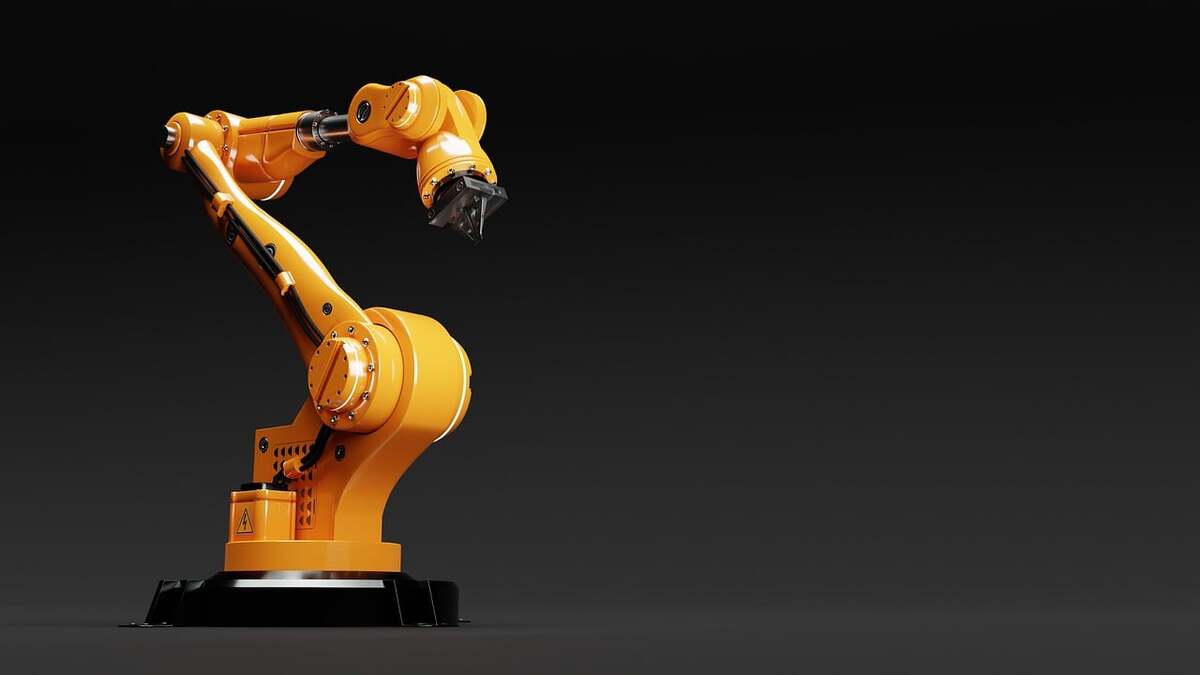
Conclusion
The incorporation of innovative construction robotics into this sector is currently a quickly gathering momentum contemporary reality, rather than an idea from the future. These seven robots demonstrate the significant influence of technology on building, from laying bricks at previously unheard-of speeds to guaranteeing real-time monitoring and data-driven decision-making. The advantages of using these solutions—more productivity, lower expenses, and increased safety—are obvious as more businesses implement them.
Furthermore, it is impossible to overestimate the importance of robotics in satisfying the demand of the worldwide construction market, which is predicted to exceed $12 trillion by 2025. Embracing these advancements will be key to the future of construction, turning robotics from an add-on to a necessary component of contemporary building techniques. Unquestionably, more durable, efficient, and sustainable structures will result from the ongoing development and application of innovative construction robotics, ultimately changing the sector.
FAQs
What are Innovative Construction Robotics, and How are they Transforming the Construction Industry?
- Answer: Innovative construction robotics are sophisticated devices made to execute activities that were previously completed by people in the construction industry. These robots increase productivity, accuracy, and safety on building sites by utilizing technology including artificial intelligence, computer vision, and autonomous systems.
How does Hadrian X by Fastbrick Robotics improve bricklaying efficiency?
- Answer: With the help of precision automated control and sophisticated computer vision, Hadrian X can lay up to 1,000 bricks each hour. This invention keeps great accuracy while cutting down construction time from weeks to just a few days. Hadrian X works especially well on large-scale projects when accuracy and speed are vital.
What role does AI play in Doxel’s construction monitoring robot?
- Answer: The construction monitoring robot from Doxel scans construction sites independently using artificial intelligence (AI) and computer vision to compare the real progress with digital models. Early error detection is made possible by this technology, which helps to avoid costly errors and keeps projects on schedule.
Construction Robotics; 2024 Guide
Robotic Excavators and Diggers in Construction Automation; 2024 Guide
The Role of Climbing and Inspection Robots in Construction Safety; 2024 Guide
Resources:
ScienceDirect.com | DwellMagazine | TheRobotReport | Startus-Insights
For all the pictures: Freepik | Pxabay

